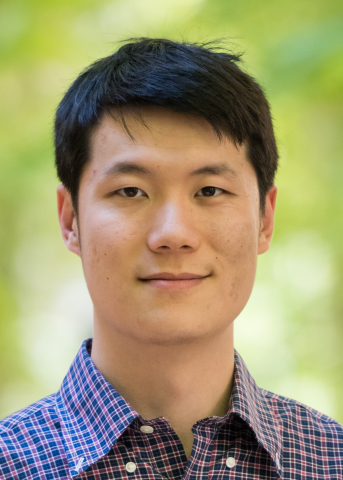Zhixing Chen 陈知行, PhD
Assistant Professor
College of Future Technology, Institute of Molecular Medicine / National Biomedical Imaging Center
Peking University zhixingchen@pku.edu.cn
Host: Prof. Lingyan Shi
Seminar Information

Phototoxicity has become a prevailing issue in the super-resolution era when boosted illumination is applied, compromising the physiological relevance of the recorded data. We advocate leveraging chemical approaches to tackle phototoxicity. By exploiting chemical motifs such as triplet state quenchers and biocompatible auxiliaries, we systematically upgrade the commonly used fluorescent markers toward alleviated phototoxicity. These gentle dyes can be directed to various cellular targets spanning mitochondria, DNA, cytoskeleton, insulin granule, and specific proteins, enabling time-lapse super-resolution imaging with minimal photodamage. For example, PK Mito Orange probe is a mitochondrial inner membrane stain that enables 30 frames of STED recording and multi-color imaging of mitochondrial components. PK Zinc dyes enable multiplexed imaging of insulin secretion in isolated islets. These biocompatible probes, with high specificity and gentle behavior under excitation light, promise to offer reliable spatial-temporal information in the era of 4D multiplexed nanoscopy.
Dr. Zhixing Chen is an assistant professor at the College of Future Technology, Peking University. He received BS from Tsinghua University (2008) and PhD from Columbia University (2014). He has additional training at Stanford University (Postdoc 2016-2018) and Columbia University (Postdoc 2015). The Chen lab integrated chemistry and biochemistry to create new imaging tools with high brightness, specificity, and biocompatibility to promote advanced bioimaging technologies. We aim to enable new research modalities in cell biology, metabolism, and physiology.
